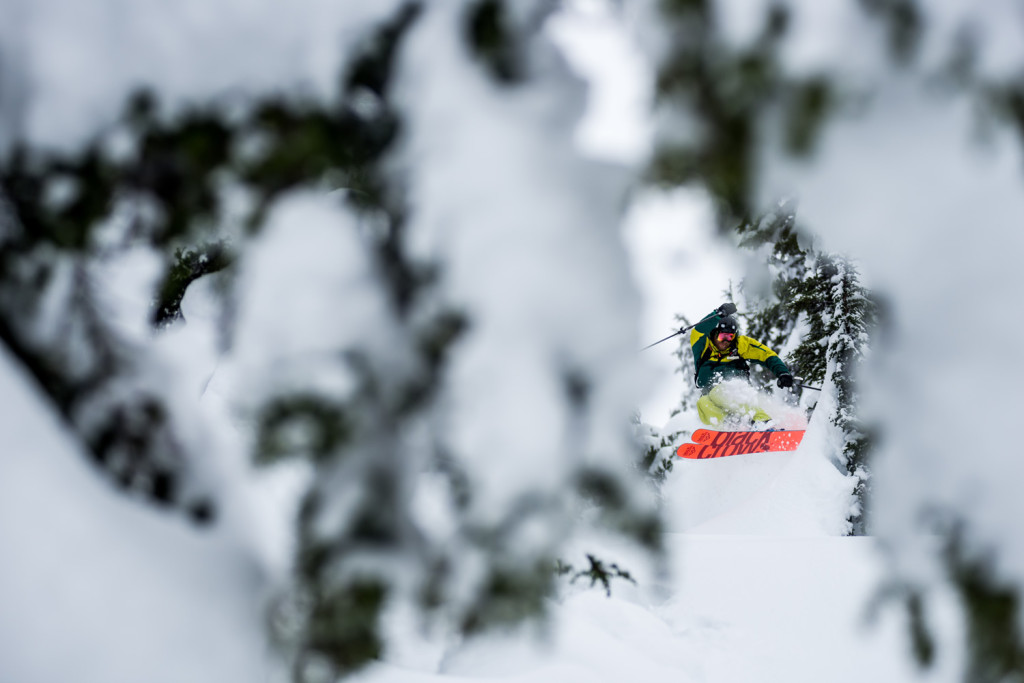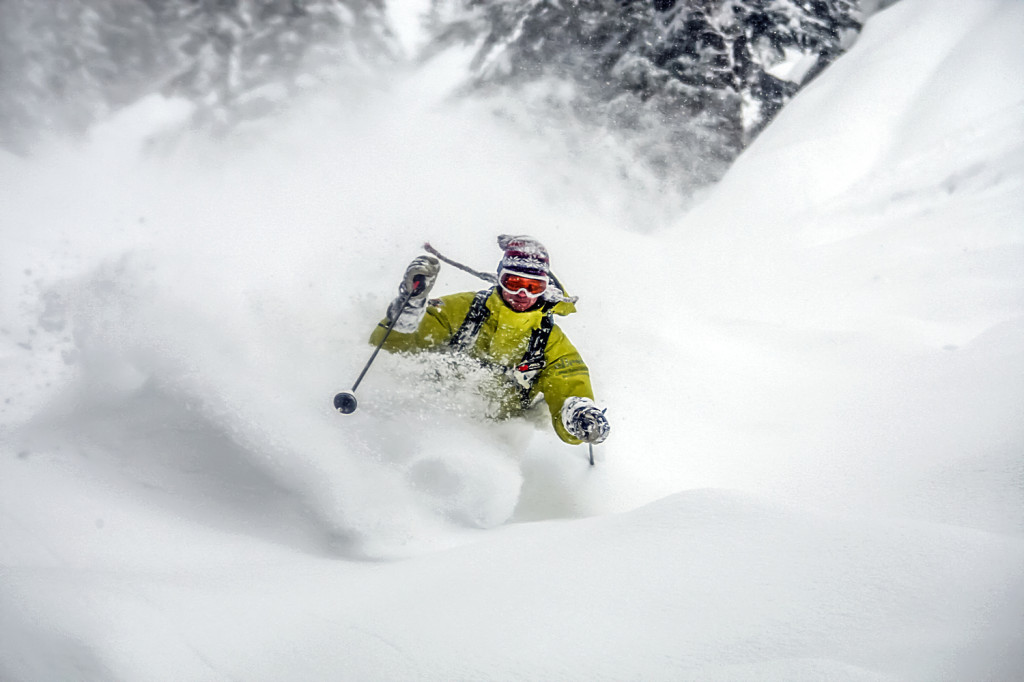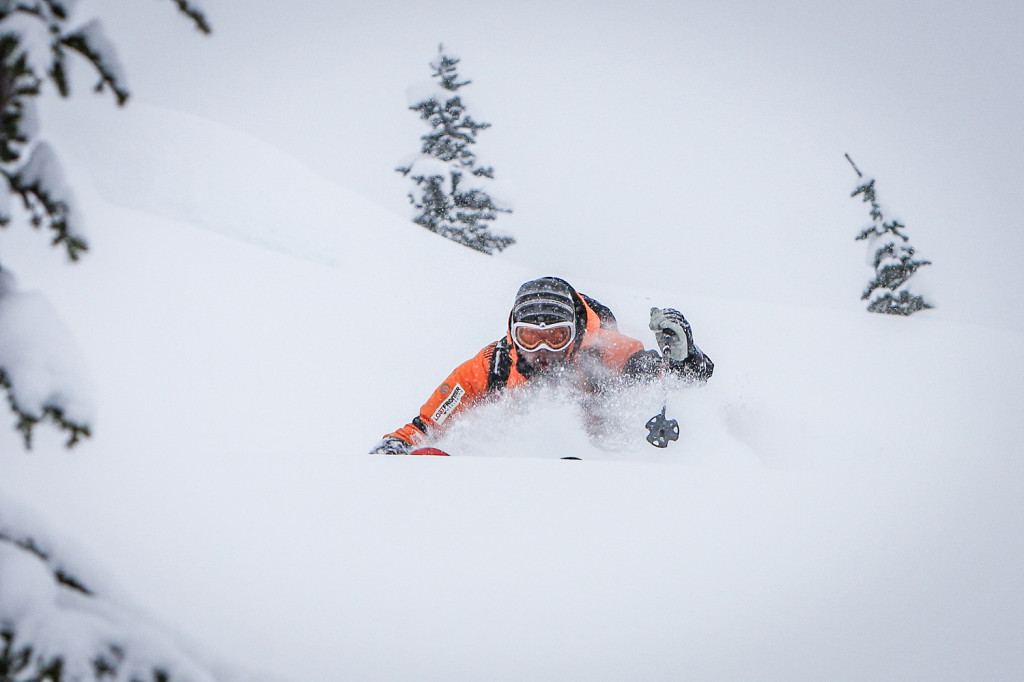A Ski Pole with a Little Soul
Remember when you were a little kid and you used to rip around on the bunny hill; making arm airplanes across the hill and sticking your hands to your knees in your turn? Crashing into impossibly tangled positions and dreaming of the day when your ski instructor would say to your parents: “he/she is ready for poles?” I remember the day that I was handed my first set of ski poles. I was ecstatic. They were neon and I had NO idea what purpose they served or what to do with them, but I LOVED them.

There are a lot of people out there who may watch the general descent of a skier population and think to themselves, what purpose do poles really serve? There is flailing, across-the-body movement, what appears at times to be pole-dancing, pretend-gate-knocking, double pole plants, pole dragging, carpal tunnel syndrome, etc., etc., all leading to the same conclusion: poles are ridiculous and should be eliminated from the sport. No chance. The improvement that you will see in your skiing, if using your poles correctly, is massive. The correct use of them will allow your upper body to be properly positioned to be centred over your skis. There are a couple of pole-rules that will allow this to happen easily.

Make sure your poles are the right height for you. If they are too long you’re going to spend your days dragging and jamming them through snow and bumps and your evenings with sore forearms and shoulders. If they are too short you’re going to spend your days hunching and overcompensating and your evenings with a sore lower back and hips. Get the right length by throwing your ski boots on, placing a ski pole upside down and gripping just underneath the basket. Bend your knees, straighten the shaft, and check for a 90 degree angle in your elbow. A personal preference: some skiers like to go a little shorter on pole-length when they know that the snow’s going to be especially deep.
Use your poles correctly. Don’t drag your poles around with limp arms, don’t get your poles caught between your legs, don’t swing your poles across your body, don’t hit your ski buddies with your poles. Square your shoulders, lift your elbows, and flick with the wrist to keep you pointing in the right direction (down). “Hug” the fall-line with your shoulders and “kiss” the snow in front of you with the tips of your poles. Now that is true love.

There is no strap use in powder skiing. Much like a training wheel, the pole strap allows you to make mistakes (IE: drop your pole and not lose it). In tree skiing and deep powder, the use of the strap can be dangerous. Take the straps off of your wrist before skiing tight trees, just in case you lose control (rare) and get tangled around a tree. Lose the pole before you lose your arm.
There are some pretty cool poles out there these days, with amazing graphics and designs, extendable and retractable ability and with environmental sustainability in mind. Soul Poles, Awarded Gear of the Year in 2012 by Powder magazine, is a pole design and manufacturing company based out of Park City, Utah, that builds ski poles out of bamboo. Their philosophy is that with no snow, there is no skiing, and so as skiers, we need to build and use products that have the sustainability of our delicate environment and climate in mind. In life, balance is everything.
http://www.youtube.com/watch?v=e9kZZwuYY6Q
In closing, I’d like to remind skiers everywhere that pole-breaking as a response to frustration never got anybody anywhere.
Keep your poles close and your elbows closer.


